Thunderbolt 4 is ready: here is what is new and changed
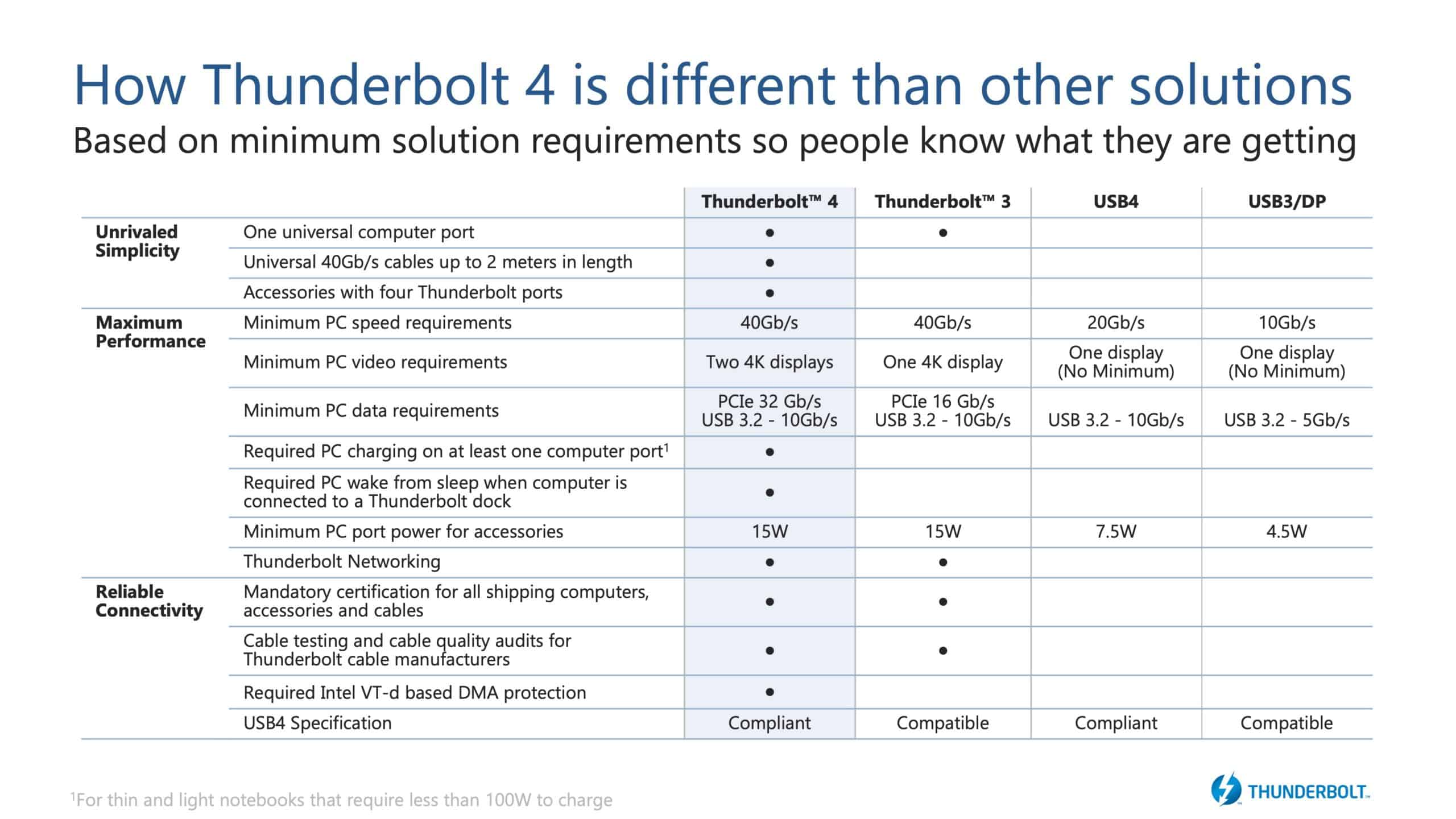
Intel unveiled Thunderbolt 4, the next-generation of the hardware interface designed to connect hardware devices to computer systems, on July 8, 2020.
The company revealed that Thunderbolt 4 comes with expanded capabilities and USB4 specification compliance. The new standard uses the USB-C connector; this ensures that users may connect existing Thunderbird 3 and USB-C devices to the interface instead of having to rely on adapters or purchase entire new hardware. New Thunderbolt 4 cables that guarantee the supported functionality will be sold later this year, but Thunderbolt 3 cables will work as well.
Thunderbolt 4 requires protections to prevent attacks against certain vulnerabilities found in Thunderbolt 3.
Intel has not changed the minimum PC speed requirements in Thunderbolt 4; it is still 40Gb/s and thus identical to the requirement of Thunderbolt 3.
What has changed, however, is the minimum PC data requirement, as it has been doubled from PCIe 16 Gb/s to PCIe 32 Gb/s. Another change is that Thunderbolt 4 requires minimum support for two 4K displays or one 8K display.

Here is the overview of the minimum requirements of Thunderbolt 4:
- Minimum video and data requirements of Thunderbolt 3 doubled:
- Video: Two 4K displays or one 8K display.
- Data: PCIe at 32 Gbps
- Support for docks with up to four Thunderbolt 4 ports.
- At least one Thunderbolt 4 dock needs to support PC charging.
- Required Intel VT-d-based direct memory access protection.
- Required that wake from sleep is supported when the user touches the keyboard or mouse and the device is connected to a Thunderbolt dock.
How does it compare to USB 4.0? It is essential that users understand the differences.
USB 4.0 supports data transfers with up to 40 Gb/s as well, but the data transfer rate is not mandatory. It is sufficient to support data transfer rates of 20 Gb/s, and that is the same speed that USB 3.2 introduced. Additionally, USB 4 may support PC charging and support for video.
Basically, what Intel did with Thunderbolt is make all optional requirements mandatory. In the case of video, Intel did even more by increasing the minimum requirement to two 4K displays.
Intel plans to release the Thunderbolt 4 controller 8000 series later in 2020, and the company expects that the first computer systems that support Thunderbolt 4 will also be available later that year.
Now You: Do you use devices with Thunderbolt?







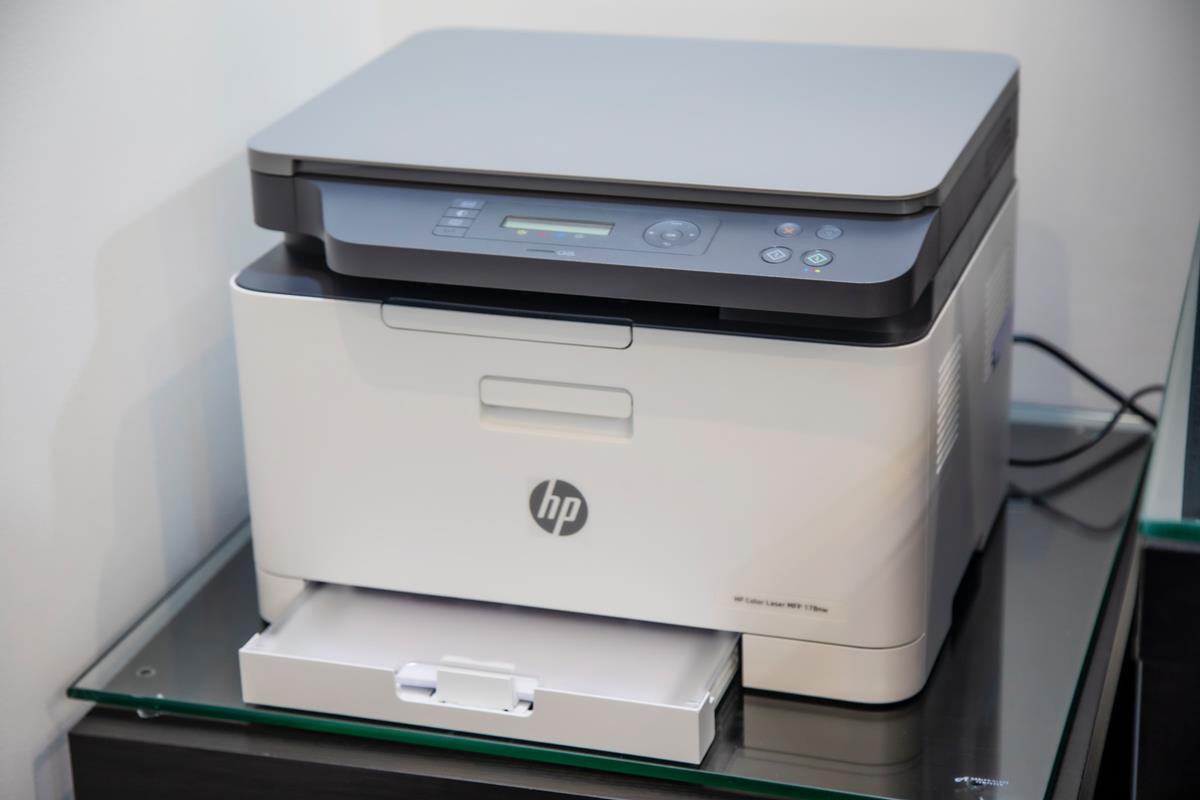
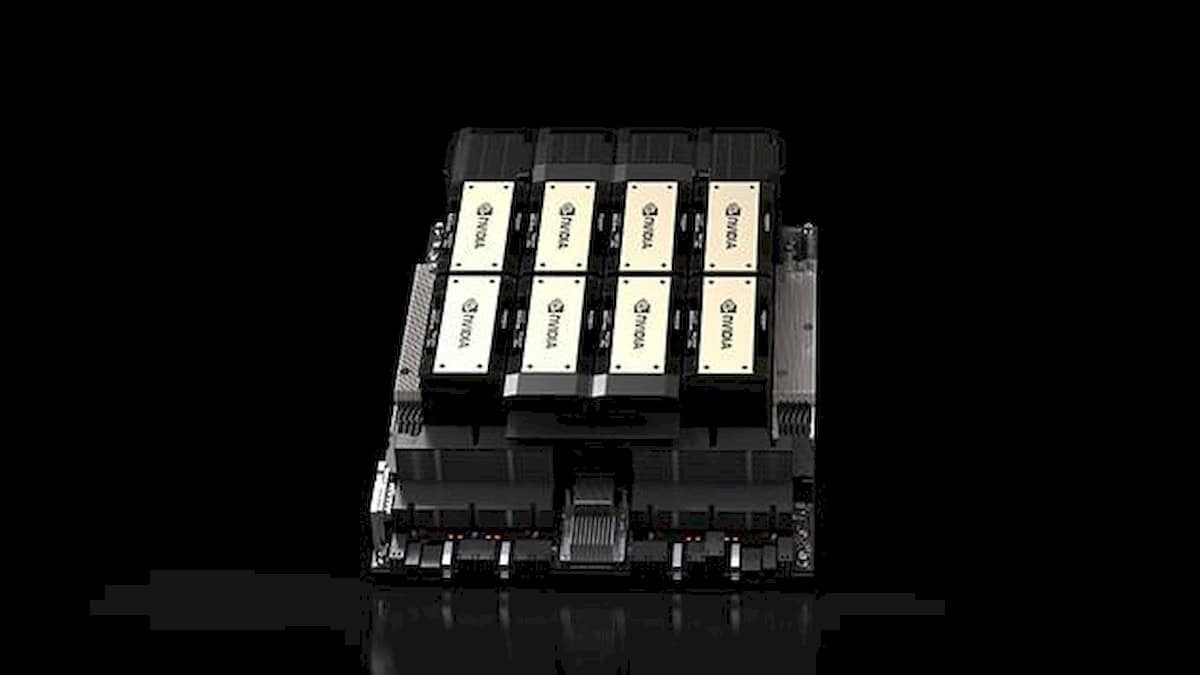

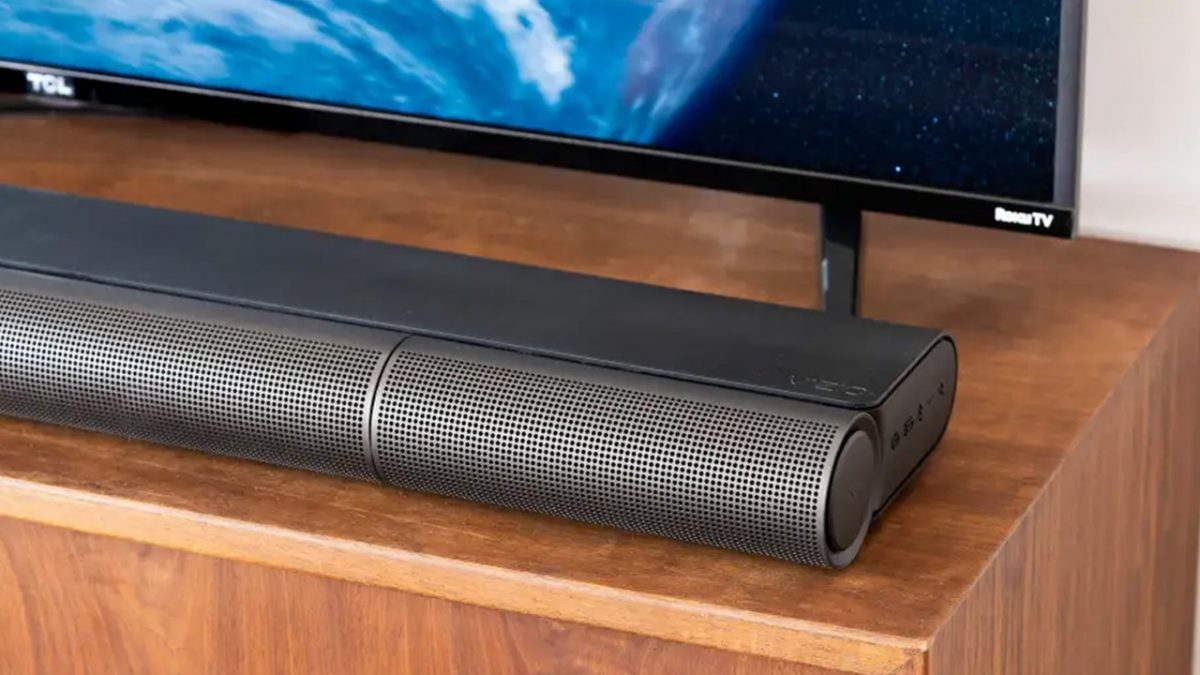
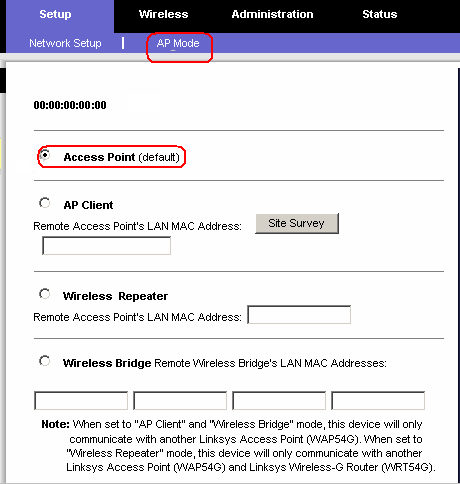
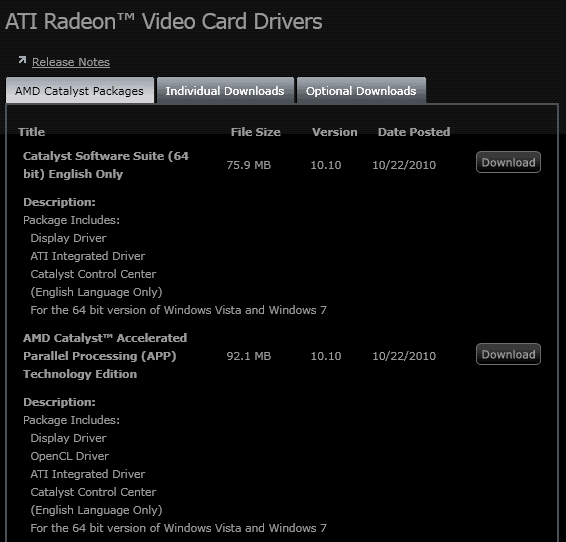










Will the USB4/TB3 architecture enable a PCIe card to provide a USB4 port in a TB3 motherboard?
As there are no TB3 hubs, Existing TB3 motherboards could use this to connect to a USB4 hub for multiple TB3 connections (not daisy chained)
I have a Drobo 5T. A Thunderbolt 2 DAS (5 disk array).
In church we are using TB 2 to SDI converters from Black Magic for media.
This far not been able to find this future in the dutch win 10 – 2004 version
“PCIe 16 Gb/s to PCIe 32 Gb/s.” this should be expressed in PCIe 3.0 lanes terms because that’s how the PCIe connectivity to the TB controller chip is provided but TB3/TB4 actually can drive 40Gb/s and really 32.Gb/s is past even what a x4 PCIe 3.0(31.508 Gb/s) connection can manage. So at least Intel will be requiring laptop makers to give its TB4 controller 4 PCIe 3.0 lanes minimum rather than only 2 PCIe lanes as some laptop makers have chosen to provide.
And laptops are really the devices that need PCIe 4.0 connectivity first what with the laptops always getting limited PCIe lanes provided but Desktop PCs with an excess of PCIe lanes are the first to always get the latest PCIe standard. But Intel’s has yet to offer any PC/Laptop and MB platform with PCIe 4.0.
And I really wish that the PCI-SIG would have maybe pushed ahead and allowed the PCIe 5.0 standard to use PAM4 signaling because that would have allowed for the doubling of the data rate while the clocks could have remained at the same clock rate as PCIe 4.0’s clock rates.
And 2 meter cables required for TB4 and will that be the Active Cable variety only and no passive TB4 cables that run at half the 40Gb/s bandwidth for signal integrity reasons.
So USB4 will also include the TB3 Protocol support as well at the full 40Gb/s on any third party controller chips that support the USB4 standard and now comes the headache of figuring out and TB4 to USB4 interoperability for any third party external hardware that’s using the USB-IF’s USB4 standards, that sometimes has some very lax enforcement of standards.
…inb4 a ton of brand spankin new vulnerabilities. Whoopee!!
I believe Thunderbolt 3 is not available with AMD yet until a non-Intel clone solution is finalized. Perhaps Thunderbolt 4 will eventually evolve the same way. I am just speculating…. I see no need for Thunderbird in my simple life for a long time.
Thunderbolt is vulnerable to Thunderspy & possibly Thunderclap. Software Mitigations exist for the latter, but the former will be affected for the foreseeable future, developers of Thunderspy speculate that future spec Thunderbolt 4.0 may be affected… hard physical access to your device allows attackers to compromise your device at the chipset level, potentially permanently. The only solution is disabling it in the BIOS or gluing the port shut. You can test your PC here. https://thunderspy.io/ Intel is not making this vulnerability public, if the public knew it could be mitigated by disabling thunderbolt, many would… rather than having their live savings, or worse, stolen. Perhaps its just a unforeseen consequence as bad as AMD flaws, if not worse. Every thunderbolt device since 2012 to today, and possibly into 2020-2021 will be vulnerable.
I am curious if this has been mitigated in the final spec of Thunderbolt 4.0.
Thunderspy developers claim “The Thunderspy vulnerabilities cannot be fixed in software, impact future standards such as USB 4 and Thunderbolt 4, and will require a silicon redesign.”
@chesscanoe: As of early April 2020, at least two AMD motherboards had been certified by Intel as Thunderbolt 3 compliant: The ASRock X570 Phantom Gaming-ITX/TB3 and the Gigabyte TRX40 Designare. (The Gigabyte comes bundled with a proprietary Thunderbolt 3 expansion card that supports a bunch of different Gigabyte boards, but the TRX40 Designare is apparently the only AMD-based board.)
I have a Thunderbolt 3 port on my new Intel-based laptop but don’t yet have any peripherals that support it. I have a simple life, too, and I’m *thrilled* just to have finally made the step up from USB 2.0 to USB 3.1. It’s nice to have the Thunderbolt 3 port for possible future use with a dock, though.
No